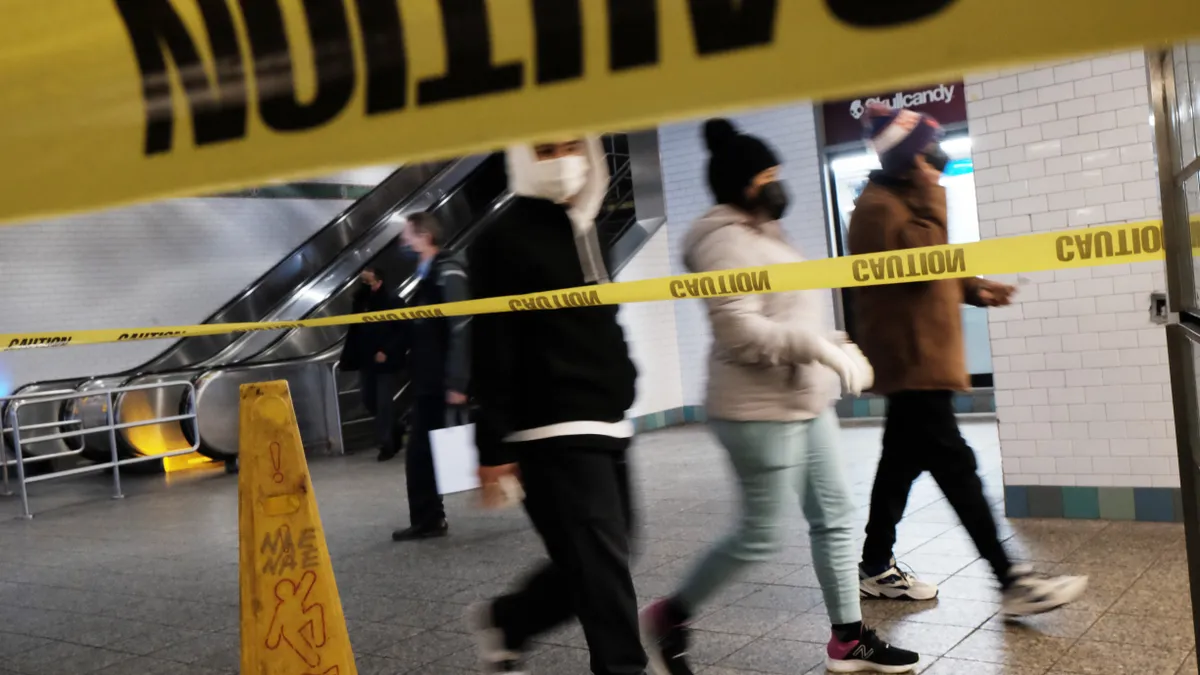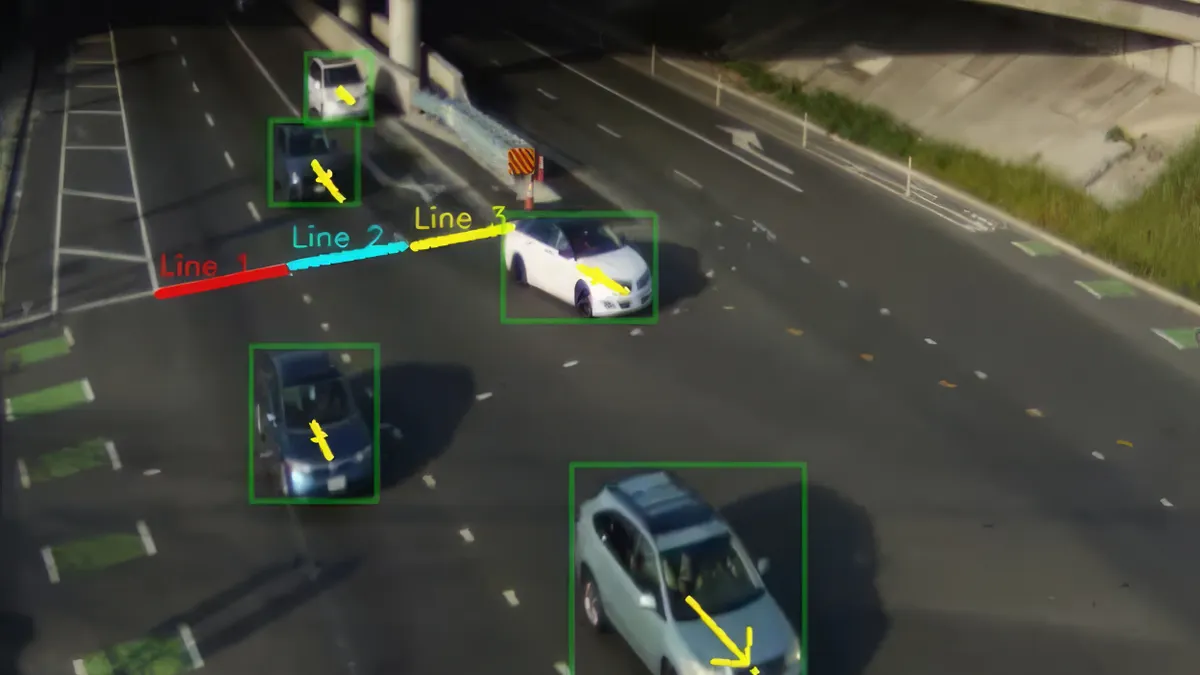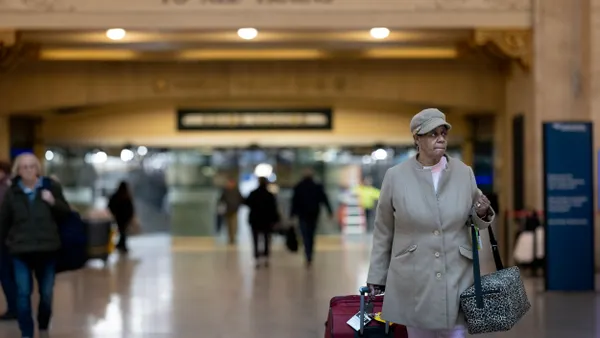The United States leads in the number of attacks and fatalities on public transportation passengers and employees in a group of economically advanced countries, according to a study by the Mineta Transportation Institute published in August. The trend is “a relatively recent phenomenon,” the study stated.
Transit riders often say they feel unsafe, and that’s especially true for women. As transit agencies struggle to recover ridership and revenues lost during the pandemic, cities are looking to law enforcement and civilian “ambassadors” to improve safety and address public safety concerns around transit facilities.
“Random violence on surface transportation has contributed to a sense of insecurity, which suppresses ridership, adding to economic difficulties for transportation operators and reduced resources for facility improvements, service, and security,” wrote the authors from Mineta, a mobility research and training organization out of San José State University. “We need to rethink our security strategies.”
Of the 20 fatal attacks between 2016 and 2021, 10 took place in 2020 and 2021. A total of 88 attacks happened during the five-year perriod beginning in 2016, leaving 153 injured. The study said that “most appear to be random and unprovoked.”
Individuals “who were apparently mentally disturbed,” which Mineta categorized based on descriptions in public accounts and court records, were responsible for 31 of the total attacks and eight of the fatal attacks, the report said. Cleveland, for example, has put specialists trained in areas like mental health-related outreach onto its transit systems.
The trend continued this year, with high-profile incidents in New York City, where transit crime jumped 41% year-over-year in June, 57% in July and 19.5% in August, according to New York Police Department monthly crime statistics.
New York City is not alone in experiencing a rise in transit crime. According to news reports, crime on the Chicago Transit Authority system is at a seven-year high so far this year. Philadelphia has been plagued by a surge in crime on the Southeastern Pennsylvania Transportation Authority system that has seen violent attacks and robberies increase by 80% since 2019.
The rise in transit crime comes amid an overall increase of 4.4% in violent crimes in the first half of this year over 2021, according to a survey from the Major Cities Chiefs Association, a professional organization of police executives representing the largest cities in the U.S. and Canada. Among the 70 reporting police agencies, robberies rose 13% and aggravated assaults increased 2.6%. Robberies and aggravated assaults went up in Denver, Las Vegas, Los Angeles, Miami, New York, San Francisco, Seattle and other cities.
In cities like Philadelphia, San Francisco and Los Angeles, police enforcement has been complemented by “transit ambassadors” — unarmed personnel including social workers and guides — to assist riders experiencing issues related to homelessness, mental health challenges, drug overdoses or other crises.
But it’s unclear if such programs are working. In Boston, ambassadors on the Massachusetts Bay Transportation Authority system have decried having to deal with aggressive riders while being paid just $19 to $20 an hour.
While many cities and transit authorities are looking to such ambassador programs, not all law enforcement officials agree with this approach. Los Angeles County Sheriff Alex Villanueva favors “high law enforcement visibility” and removing people experiencing homelessness from trains and train stations. The city of Los Angeles' unsheltered population has spiked in recent years, which has largely been attributed to a lack of affordable housing and shelter space.
“The biggest problem we have right now on the entire transit system, is we have a homeless population that are living on the train system and on the platforms. And the intersection of that, and the people that are actually using the trains for their intended purpose, for travel, is colliding and it’s colliding with deadly results,” he said at a May 24 press conference. As of July 1, the LA County Sheriff’s Department will share patrol duties with the Los Angeles Police Department and the Long Beach Police Department along with 300 ambassadors.



















